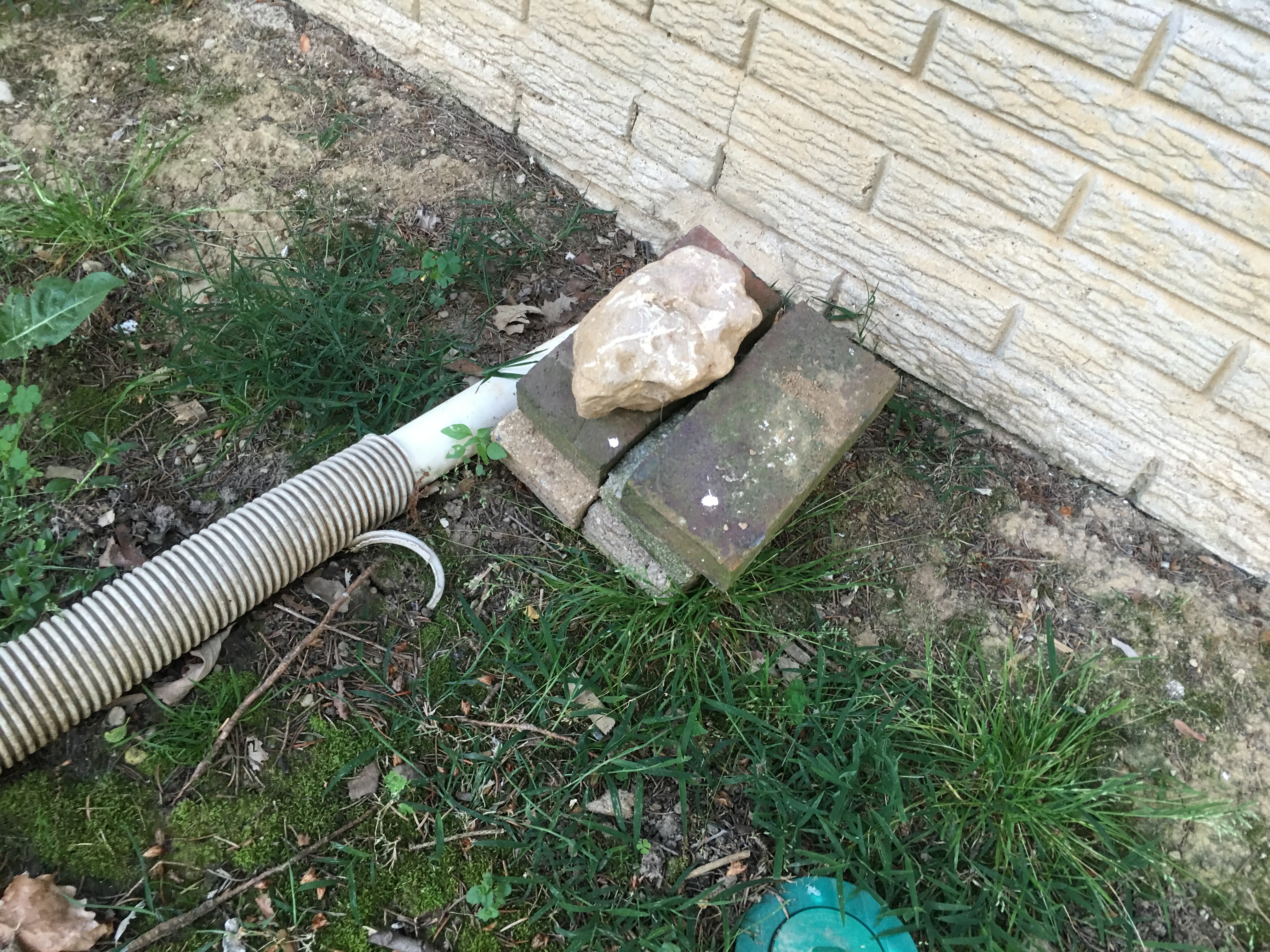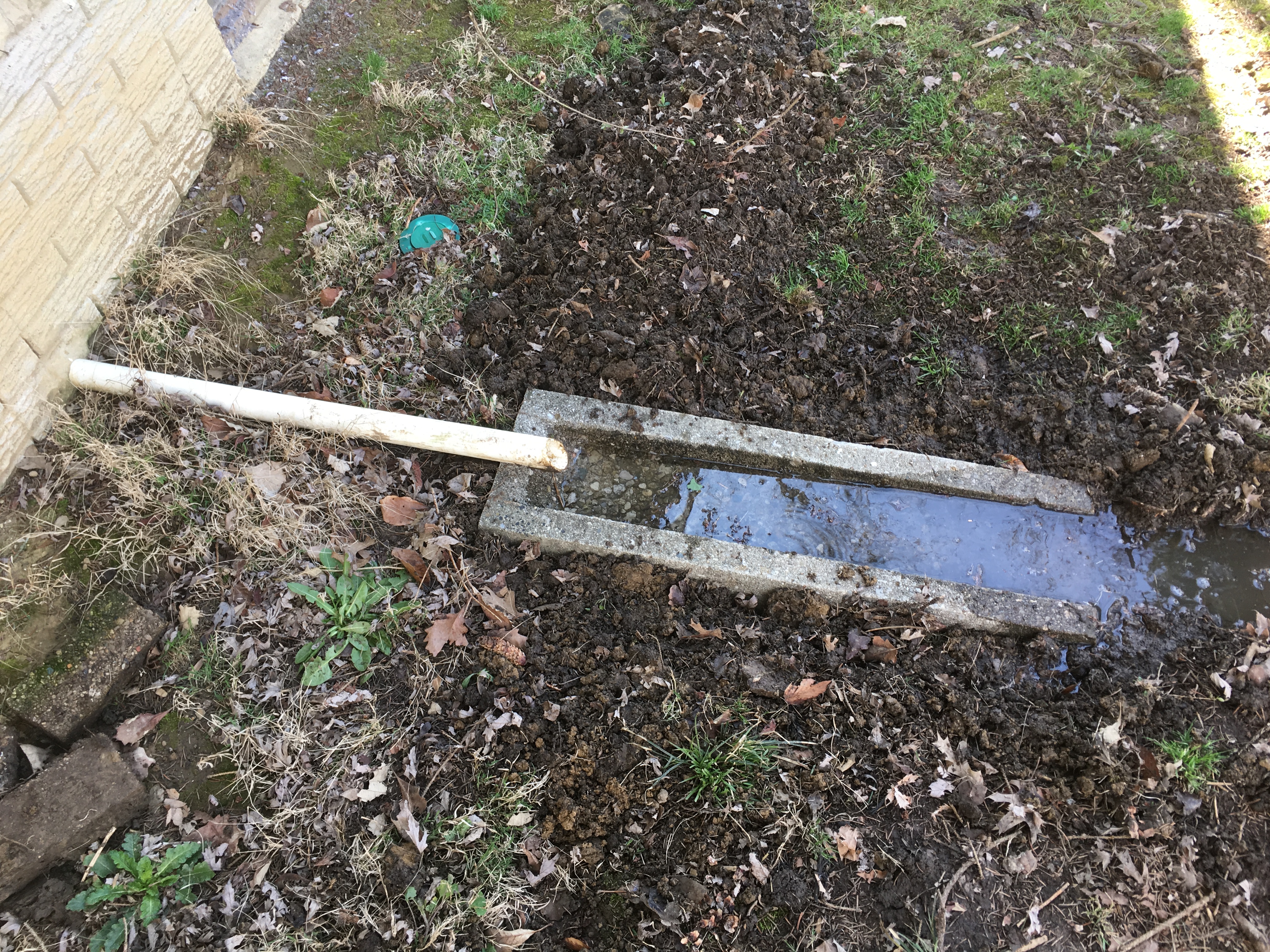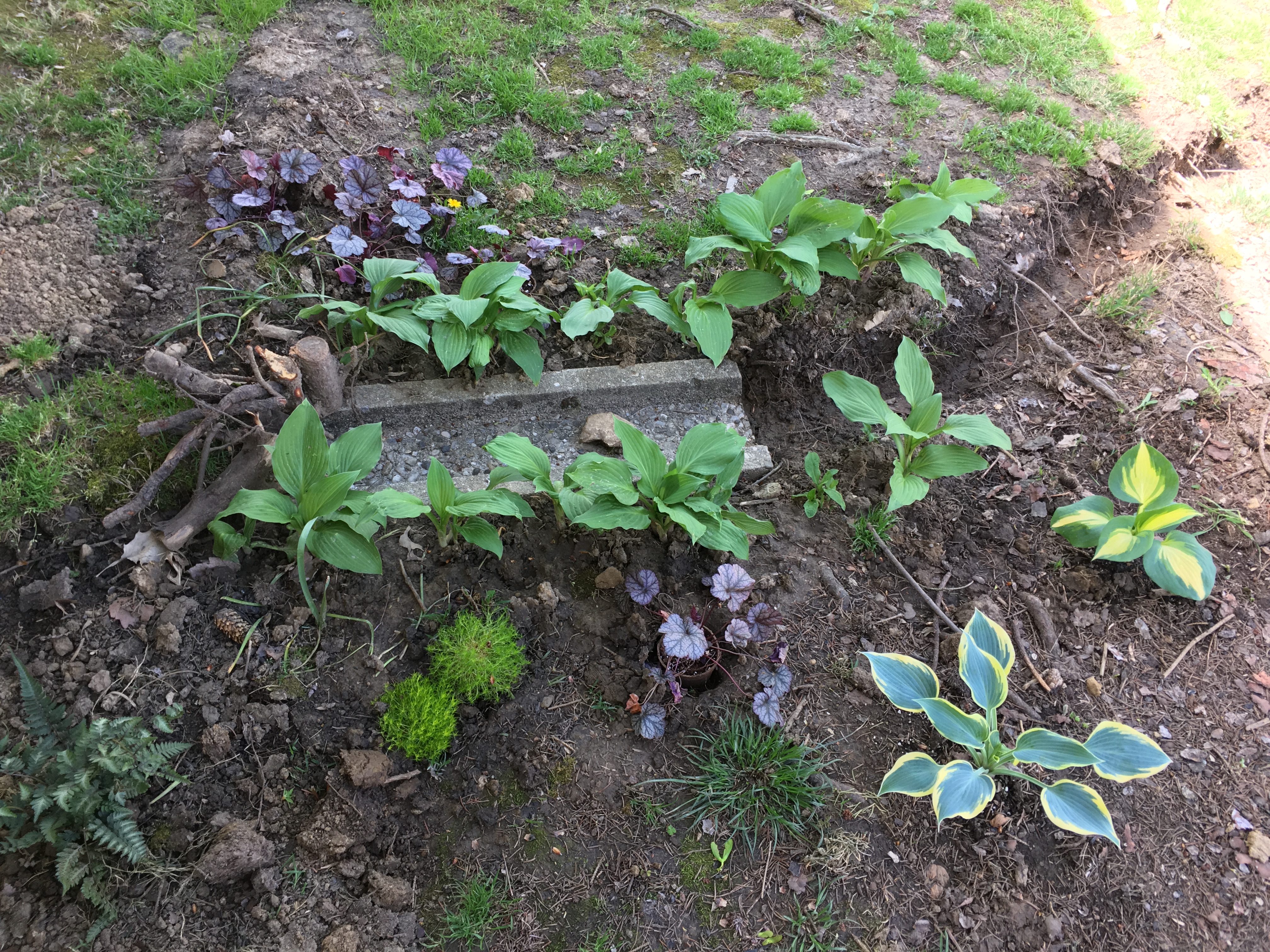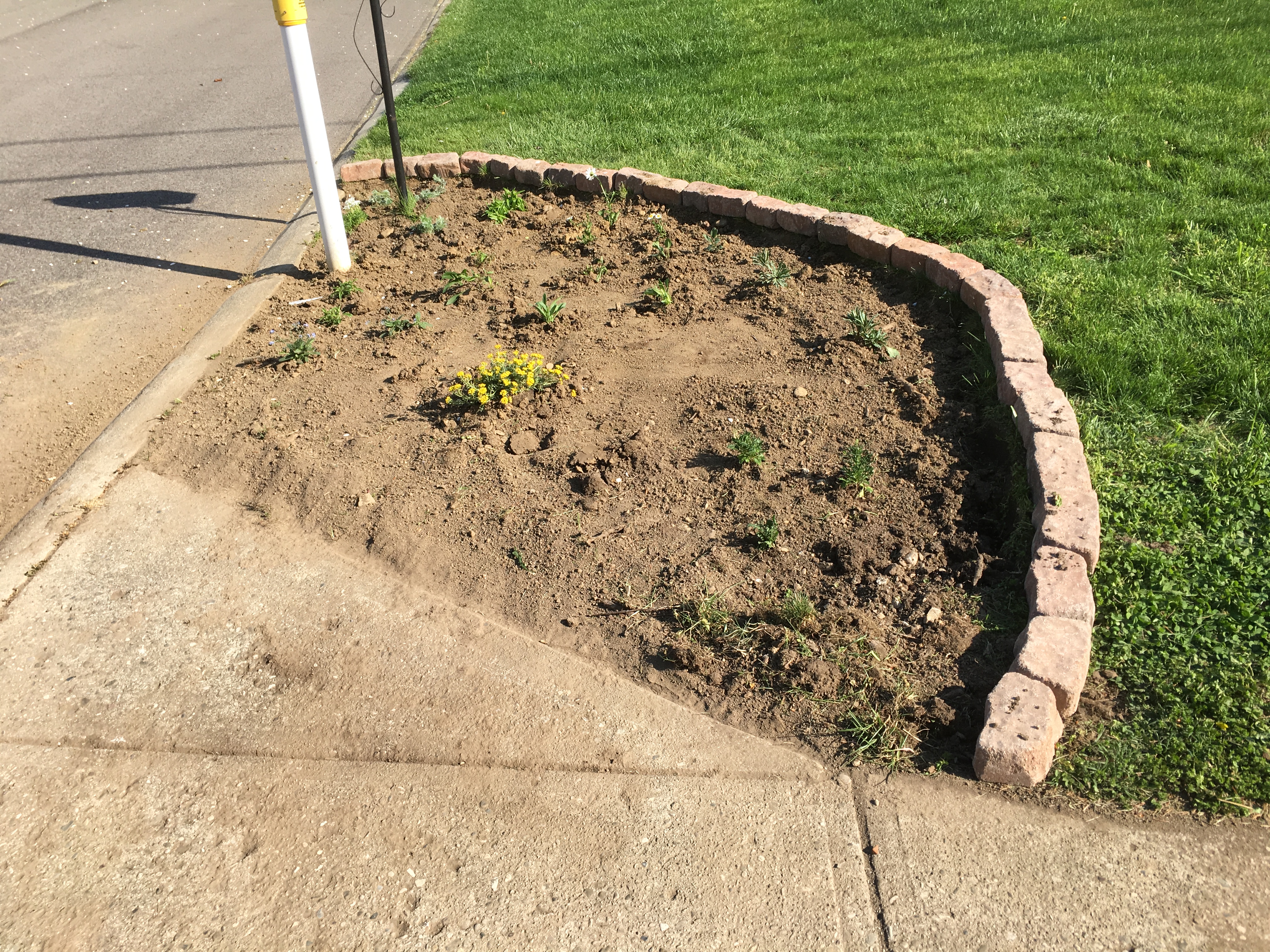As I’ve mentioned before, my former job involved maintaining an internal website of procedural company information. I also tend to have an over-abundance of humor. This often created unexpected results, much to the irritation of management (e.g. hidden Pokémon GIFs).
At one point, the idea arose to create a serialized novel, hide it in the website, and share the link with just enough people that it would remain an amusing easter egg. Two chapters in, I wisely chickened out. However, I now had the seeds for a story. I dabbled with it off and on, for I always enjoyed writing, and while I knew the chances of ever becoming a published author were akin to being struck by lightening, completing a novel had long been on my bucket list.
My colleagues found the burgeoning story entertaining enough that they encouraged me to continue, so I (always the one to shamelessly find distractions) took the opportunity and indulged. And because of my coworkers, I had a constant supply of feedback–something critical to the project. It would have been all too easy to devolve into rhetoric, or abandon it completely. Except now I had an audience who was expecting regular updates, and advising me where they felt the story should elaborate more (character development, violence, philosophy, universe creation, etc.). It was because of their involvement that this came to fruition. Coworkers, I thank you.
Once completed, I debated what to do with it. Ultimately I submitted my manuscript to a literary agency just to see how the process worked. They promptly rejected it (as I expected). I considered repeating the process with other agencies, but decided against it as I did not want to exhaust my emotional energy over a non-critical side-project. But, growing in popularity is the paradigm of self-publishing. Of course, it certainly doesn’t carry any prestige, but that hardly mattered. It allows people to distribute their works contract-free with little risk. I see it as an opportunity to officially label this project as complete and to finally close the book (so to speak), that I can move on to the next project.
For those interested, it can be obtained here, print on demand:
https://www.createspace.com/7086065
Additionally, I found CreateSpace’s comprehensive guide incredibly fun and straightforward. If anyone else is looking to self-publish, so far I’d recommend them.
While a work of dubious literary value, may it still bring you cheap entertainment.
–Simon







 In accordance with Lets Encrypt’s (the certificate authority for this site) 90-day SSL certificate expirations, I needed to renew the certificate for this site. It should be seamless, but if you are using any applications that support certificate pinning, you may receive a notice of a certificate mismatch. This is normal, and the alert serves as a warning against a possible certificate forgery. Simply accept the new certificate. However, for the extra paranoid (myself included), you may validate the new certificate’s authenticity with the below fingerprints:
In accordance with Lets Encrypt’s (the certificate authority for this site) 90-day SSL certificate expirations, I needed to renew the certificate for this site. It should be seamless, but if you are using any applications that support certificate pinning, you may receive a notice of a certificate mismatch. This is normal, and the alert serves as a warning against a possible certificate forgery. Simply accept the new certificate. However, for the extra paranoid (myself included), you may validate the new certificate’s authenticity with the below fingerprints:
 Sadly, I could not find an online calculator that provides coffee products by cost per ounce. Searching for one only yielded a number of self-righteous articles criticizing how much coffee costs and how stupid people are for buying Keurigs or going to coffee shops. But I did plug some numbers into the calculator, and my own coffee preference: Peet’s, ranks approximately by cost the type of coffee I should be buying. So once again, the math doesn’t lie:
Sadly, I could not find an online calculator that provides coffee products by cost per ounce. Searching for one only yielded a number of self-righteous articles criticizing how much coffee costs and how stupid people are for buying Keurigs or going to coffee shops. But I did plug some numbers into the calculator, and my own coffee preference: Peet’s, ranks approximately by cost the type of coffee I should be buying. So once again, the math doesn’t lie: